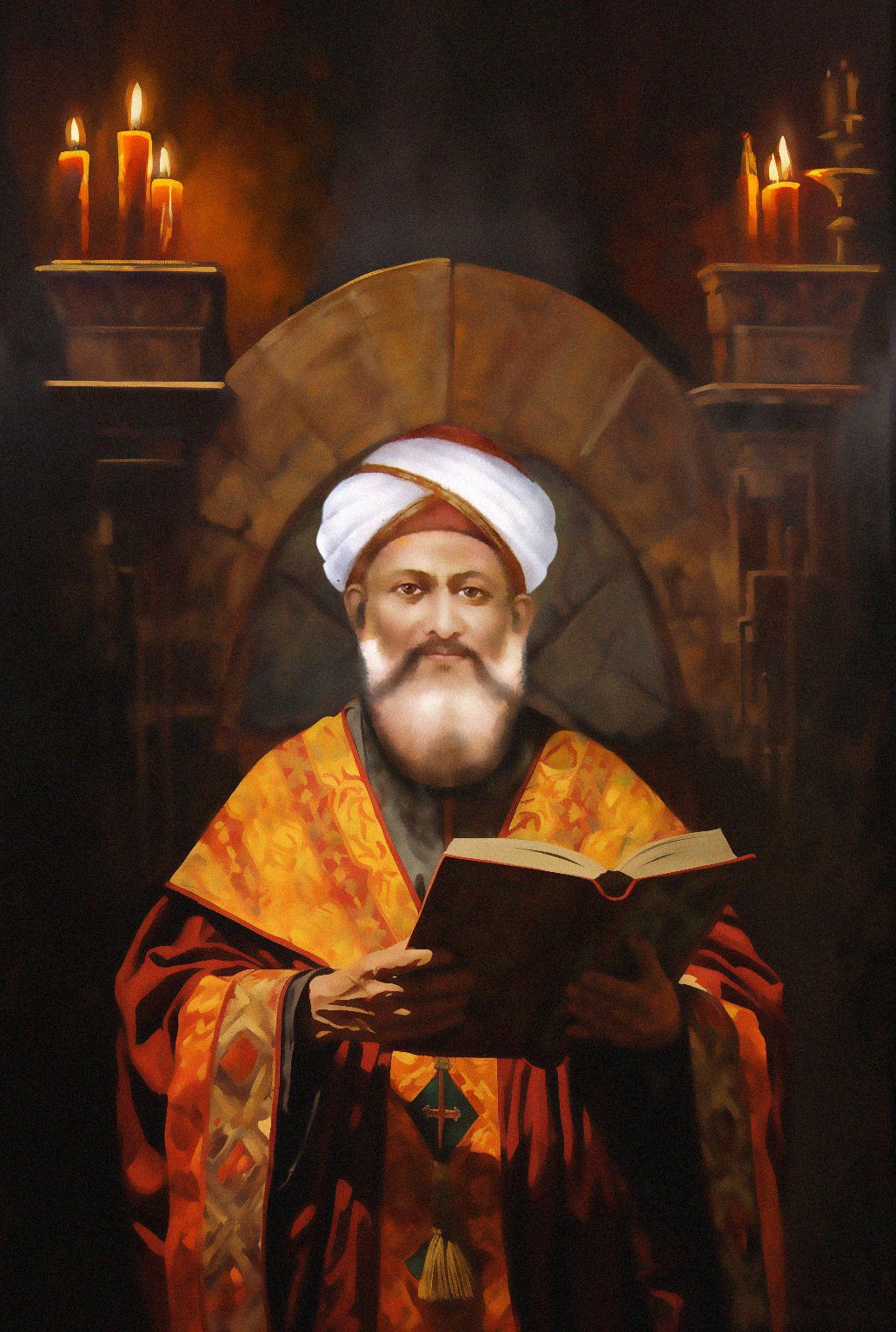Thomas of cnana

Thomas of Cana
Knai Thoma, a rich international merchant from Cana, brought a colony of 400 Syrian Christians consisting of 72 families belonging to 7 clans with instructions from the Patriarch of Antioch, Mor Yusthedius, to the Malabar coast of India. The group included men, women, children, priests, deacons and their bishop Mor Joseph of Urfa (Uraha/Edessa). The names of the seven clans were: Bagi, Belkuth, Hadai, Kujalig, Koja, Mugmuth, and Thegmuth. The legend is that Mor Joseph had a startling dream (vision) in which he saw the plight of the Christian church in Malabar established by St. Thomas, the Apostle, in the 1st Century. Mor Joseph and Knai Thoma landed in Kodungalloor (Crangannoore) in 345 AD. Knai Thoma and his group sailed in three ships. The leading ship called "Babylonia" had three masts. The main mast flew King David's flag, the second mast flew the Roman flag with the cross, and the third flew King Abgar of Edessa's flag.
Knai Thoma and his people were heartily welcomed by Cheraman Perumal, the Emperor. Cheraman Perumal sent his brother, Ramavarma, and his minister, Vettathu Mannan, to receive Knai Thoma and his people. Knai Thoma and his people were given permission to settle down in Kodungalloor and to do business. Later Cheraman Perumal bestowed Knai Thoma and his people with 72 princely privileges and there by elevated them over 17 castes. This proclamation was made on a Saturday in March (Kumbham 29), 345 and it was recorded on copper plates given to Knai Thoma (Knai Thomman Cheppedu). Knai Thoma and his people built a town in Kodungalloor with a church and 72 houses. The natives called it "Mahadevar Pattanam" meaning "town of superiors". Knai Thoma and his people converted many natives to Christianity and built many churches. Thus the arrival of Knai Thoma and his people (Knananites) reestablished the church founded by St. Thomas, the Apostle. For more pictures "Click the link below and like our page Knanaya.